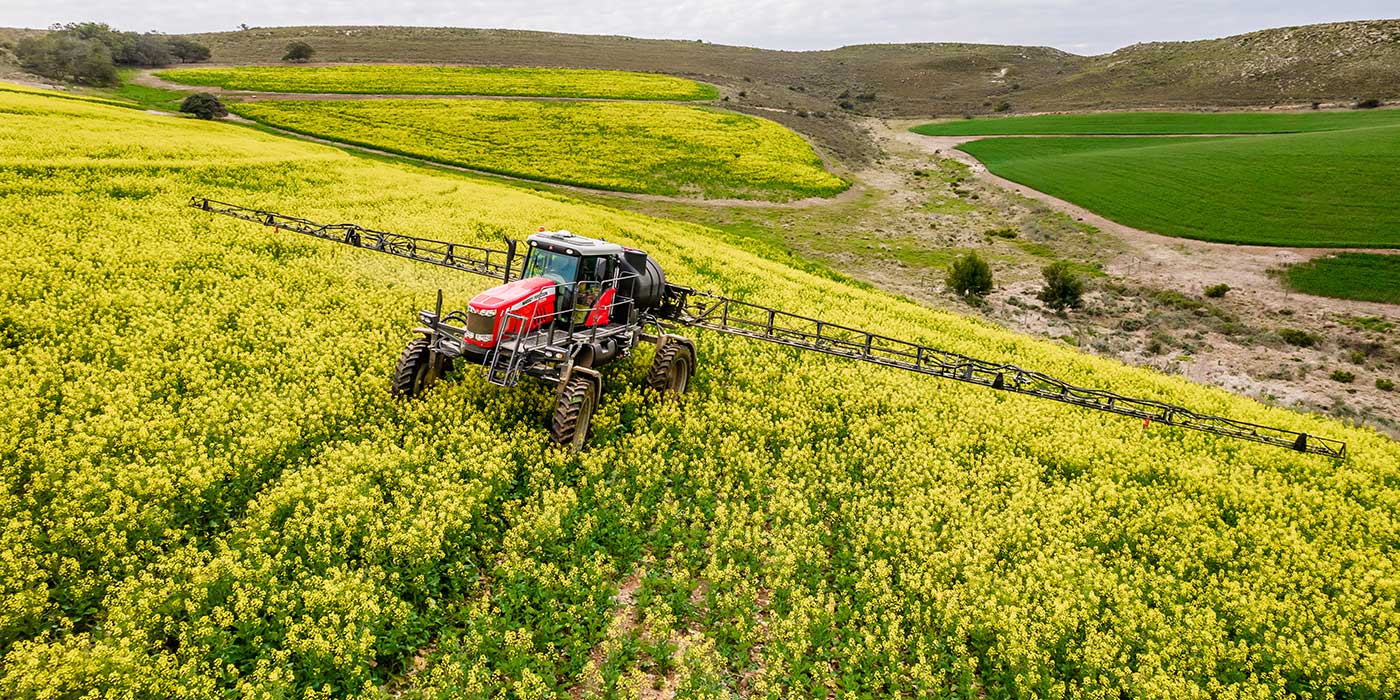
In farm machinery, choosing between traditional tractor-mounted sprayers and innovative self-propelled sprayers has become a pivotal decision for modern farmers.
This article delves into the key reasons why opting for a self-propelled sprayer might be the game-changer your farm needs.
Positive Return on Investment (ROI)
For farms spanning 1000 hectares or more, the positive return on investment is a compelling reason to choose a self-propelled sprayer. The time saved in spraying activities is significant, making it a cost-effective choice.
Unlike the combined investment of a tractor and sprayer, the standalone investment in a self-propelled sprayer proves to be more economical.
Powerful Traction Control and Less Crop Damage
Self-propelled sprayers offer powerful traction control, minimizing crop damage. Unlike tractors that may have limited clearance, these sprayers can be adjusted from the driver’s seat, reducing the risk of damaging plants underneath.
Higher Stability at Higher Spraying Speeds
Opt for a self-propelled sprayer with adjustable features from the driver’s seat, ensuring high stability even in hilly terrains. Traditional tractors may lack this capability, potentially causing damage to crops. The ability to operate at higher spraying speeds enhances efficiency.
Driver’s Comfort
The driver’s comfort is a crucial consideration. The John Deere 300M Self-Propelled Sprayer, available in the UK with the model year 2024, exemplifies this with advanced precision Ag technology. Its design focuses on the operator’s comfort, offering excellent visibility, manoeuvrability, and comfort in various working conditions.
The Massey Ferguson 500R self-propelled sprayer caters to the commercial farmer, featuring a powerful 6.6-liter AGCO Power Engine and all-wheel-drive transmission. Its intelligent system maintains ground speed, irrespective of the terrain, enhancing fuel efficiency and preventing slippage on loose soil.
As the demand for self-propelled sprayers grows, manufacturers are introducing cutting-edge models.
The intelligent design, efficiency, and adaptability of these machines make them a promising investment for the future of agriculture.

